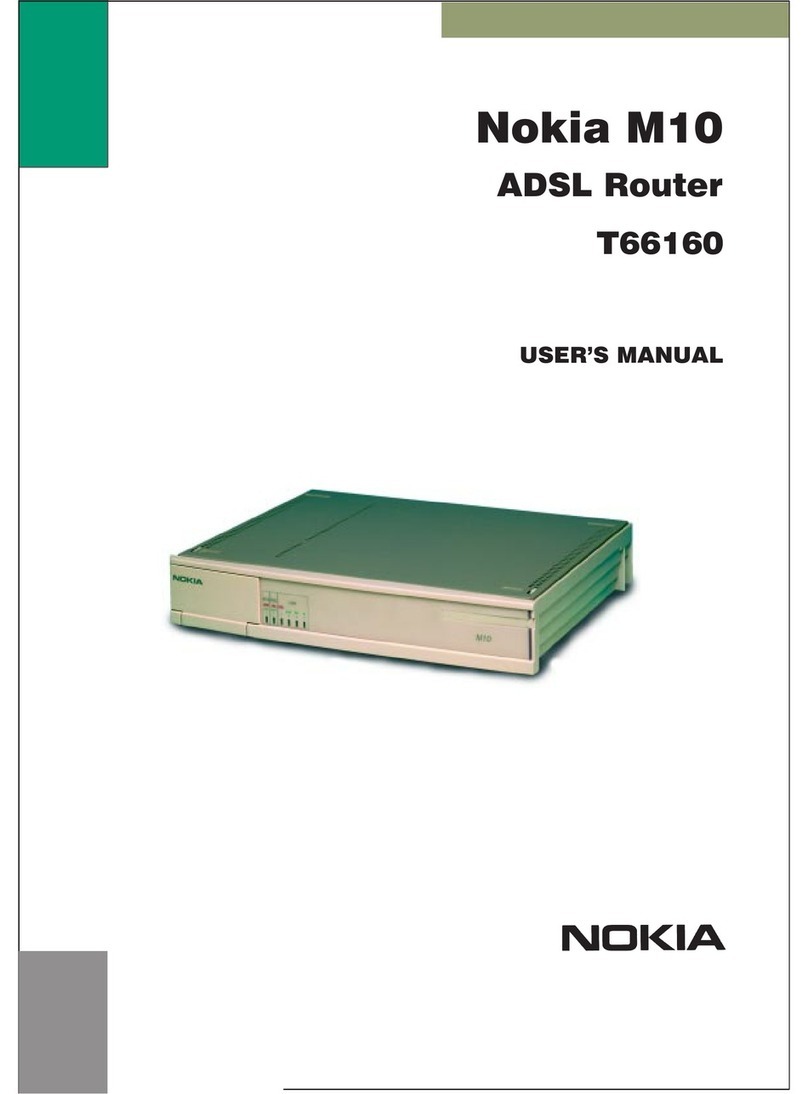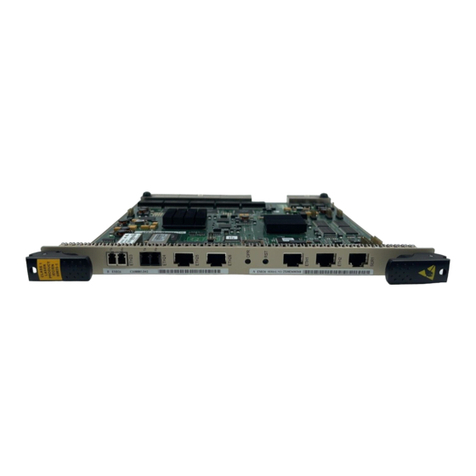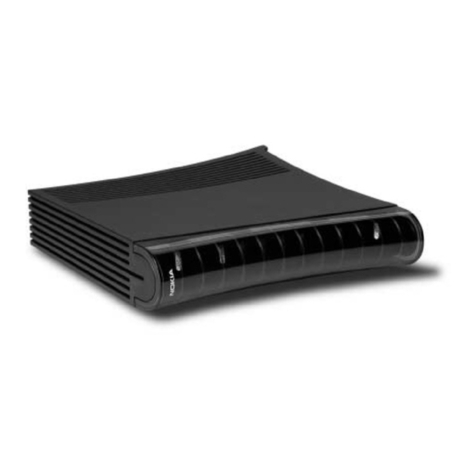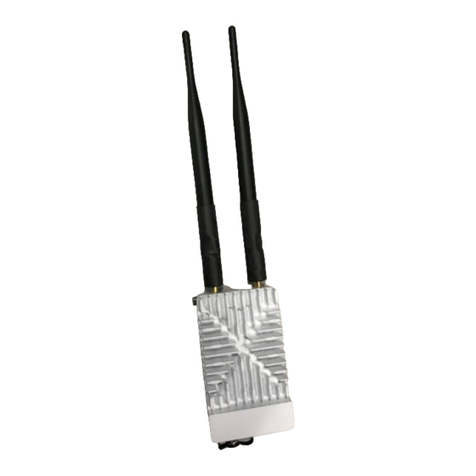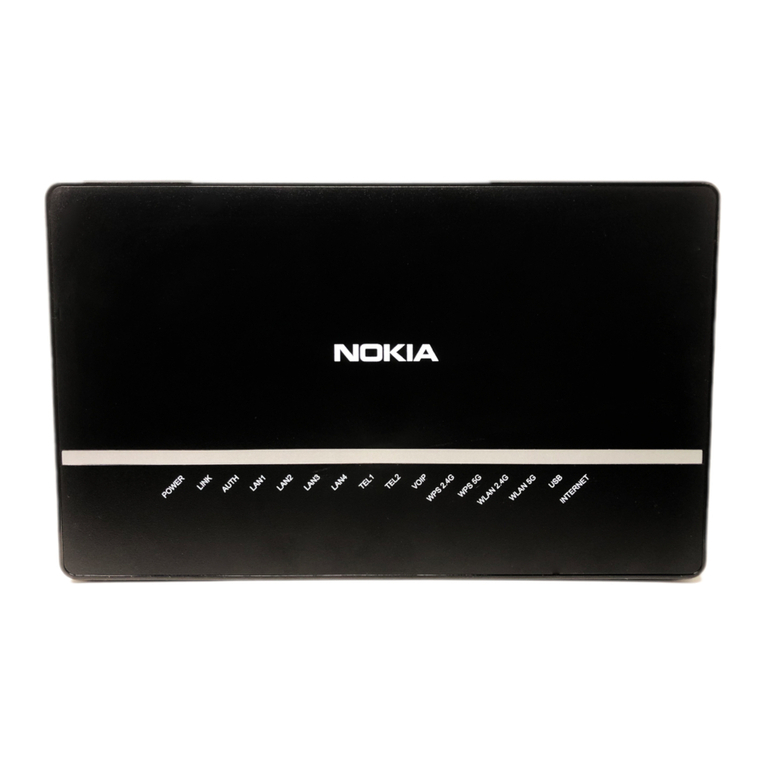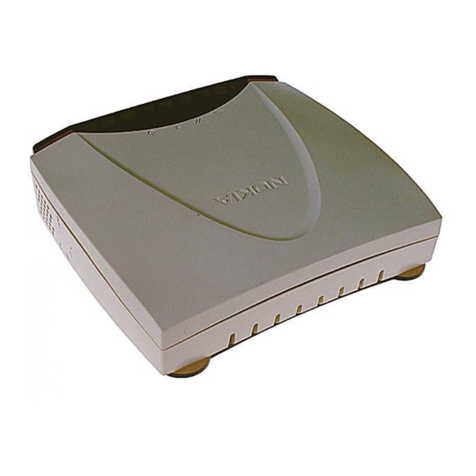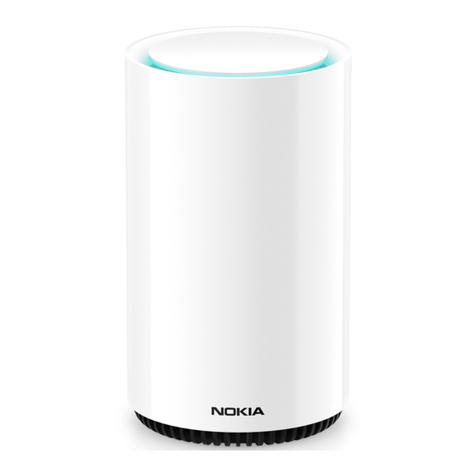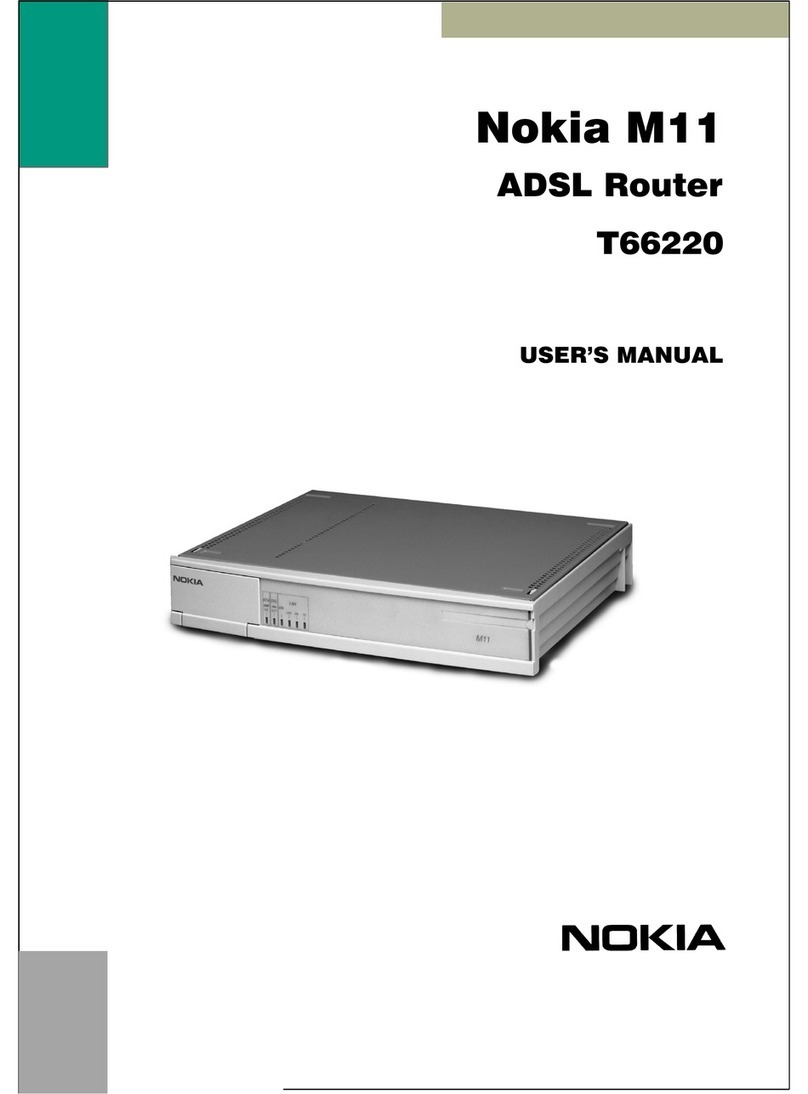
COPYRIGHT
© 2000 Nokia Corporation. All rights reserved.
Rights reserved under the copyright laws of the United States.
RESTRICTED RIGHTS LEGEND
Use, duplication, or disclosure by the Government is subject to restrictions as set forth in subparagraph (c)(1)(ii) of the Rights in
Technical Data and Computer Software clause at DFARS 252.227-7013.
IMPORTANT NOTE TO USERS
This device has been certified by the FCC as a Class B device and as such must be installed and/or moved by a profes-
sional.
TRADEMARKS
Nokia is a registered trademark of Nokia Corporation. Nokia RoofTop™ is a registered trademark of Nokia Networks.
Other products mentioned in this document are trademarks or registered trademarks of their respective holders.
COMPLIANCE STATEMENTS
This hardware complies with the standards listed in this section.
Emission Standards
UNINTENTIONAL EMISSIONS: FCC Part 15 CLASS B
INTENTIONAL EMISSIONS: FCC Part 15, Section 15.247
This equipment has been tested and found to comply with the limits for a Class B digital device, pursuant to Part 15 of the FCC
rules. These limits are designed to provide reasonable protection against harmful interference in a residential installation. This
equipment generates, uses, and can radiate radio frequency energy and, if not installed and used in accordance with the instruc-
tions, may cause harmful interference to radio communications. However, there is no guarantee that interference will not occur
in a particular installation. If this equipment does cause harmful interference to radio or television reception which can be deter-
mined by turning the equipment off and on, the user is encouraged to try and correct the interference by one or more of the fol-
lowing measures:
—Reorient or locate the receiving antenna.
—Increase the separation between the equipment and receiver.
—Connect the equipment into an outlet on a circuit different from that to which the receiver is connected.
—Consult the dealer or an experienced radio/TV technician for help.
Any modifications made to the unit, unless expressly approved by Nokia could void the user’s authority to operate the equip-
ment.
DISCLAIMER:
TO THE INSTALLER: THE INSTRUCTIONS PROVIDED IN THIS GUIDE ARE PROVIDED “AS IS” WITHOUT WARRANTY OF
ANY KIND EXPRESS OR IMPLIED. NOKIA MAKES NO REPRESENTATIONS OR WARRANTIES, EXPRESS OR IMPLIED,
INCLUDING BUT NOT LIMITED TO THE WARRANTIES OF MERCHANTABILITY OR FITNESS FOR A PARTICULAR PUR-
POSE OR INFRINGEMENT, INCLUDING ANY THIRD PARTY PATENTS, COPYRIGHTS, TRADEMARKS OR OTHER
RIGHTS. THERE IS NO WARRANTY BY NOKIA THAT THE INSTRUCTIONS CONTAINED IN THE GUIDE WILL MEET YOUR
REQUIREMENTS. THERE IS NO WARRANTY BY NOKIA THAT THE INSTRUCTIONS AND STATEMENTS CONTAINED IN
